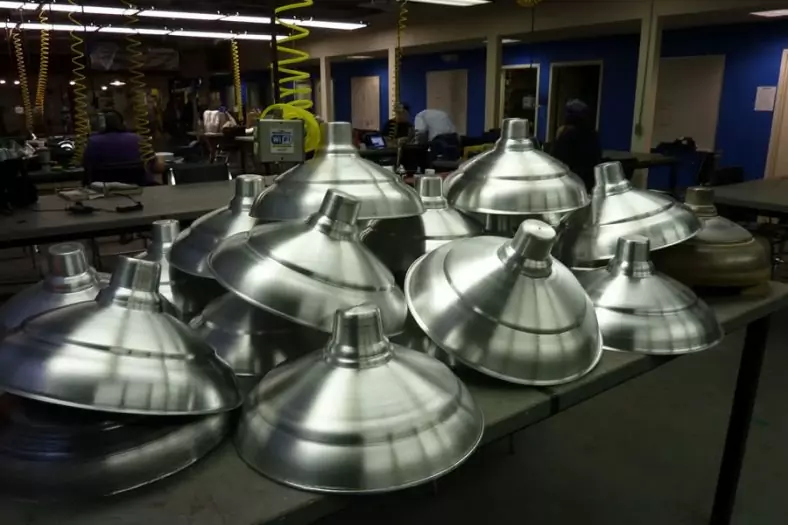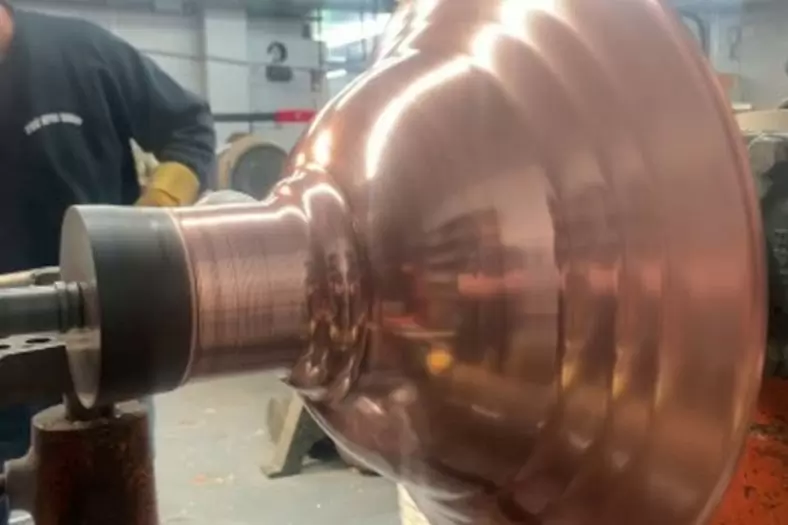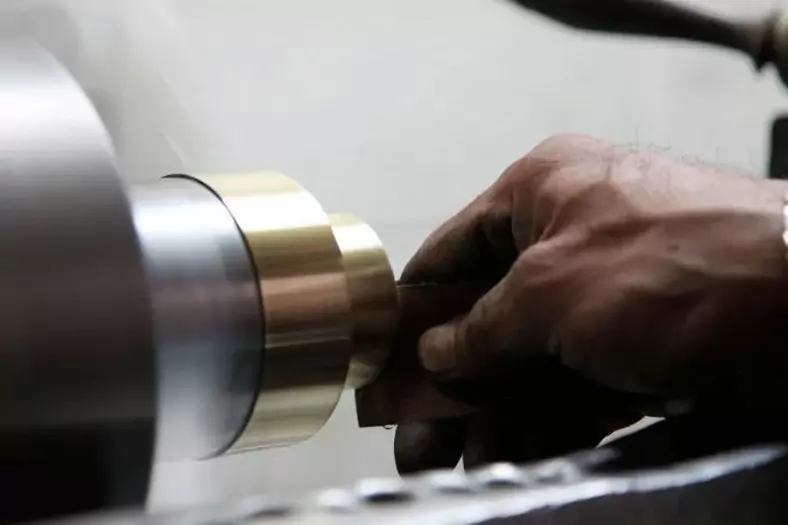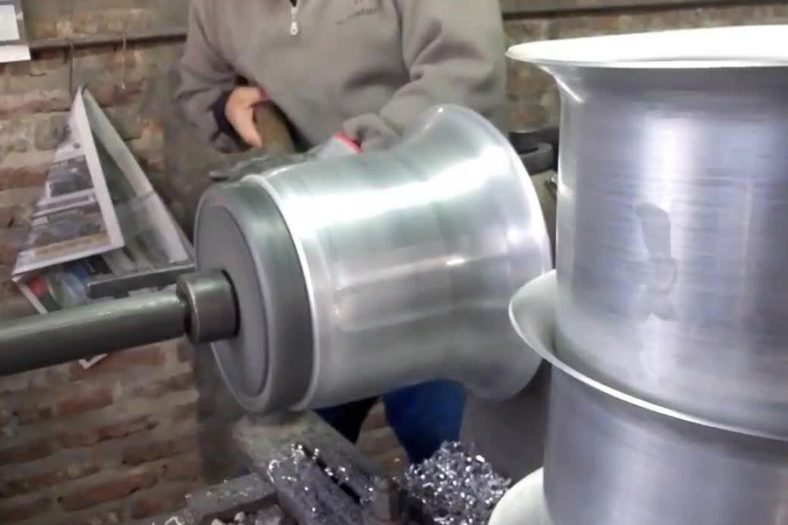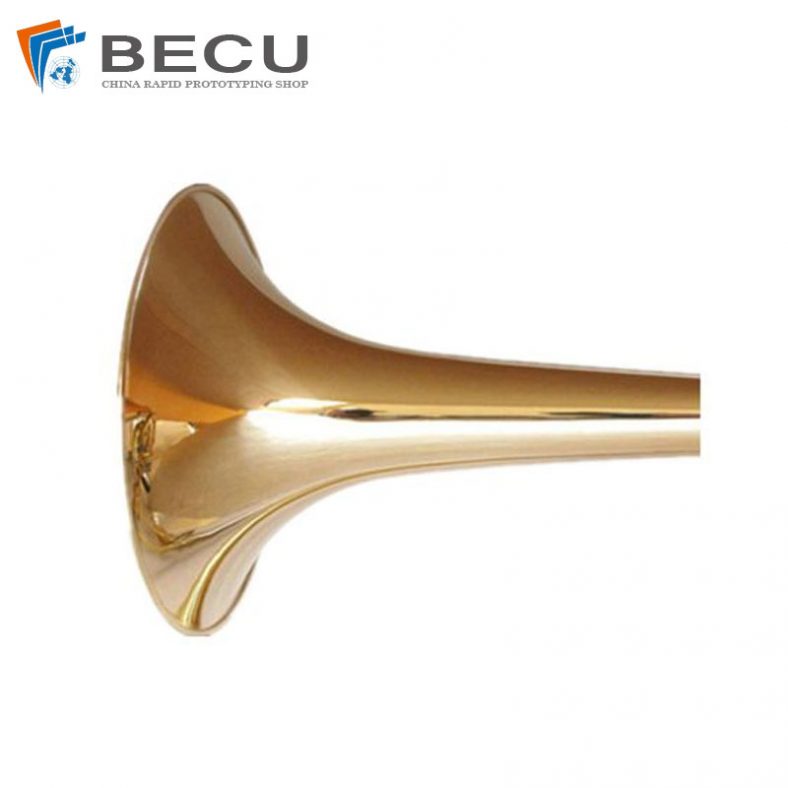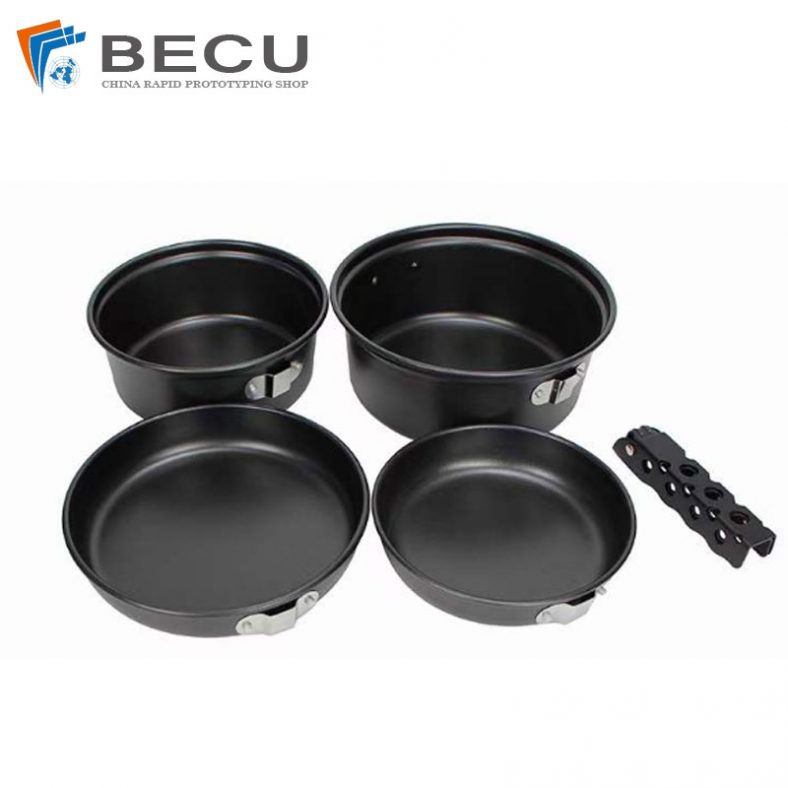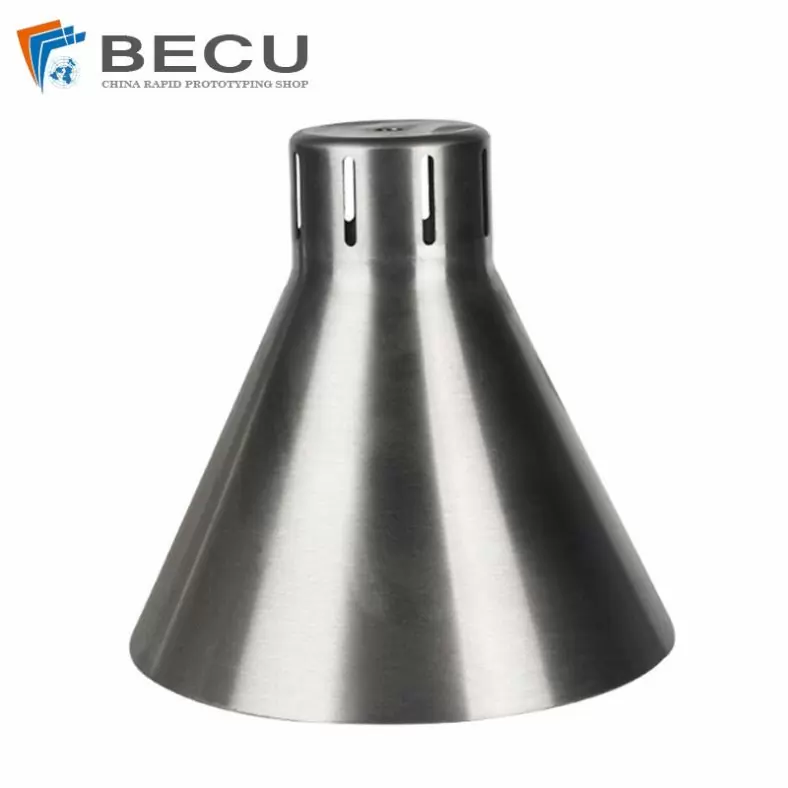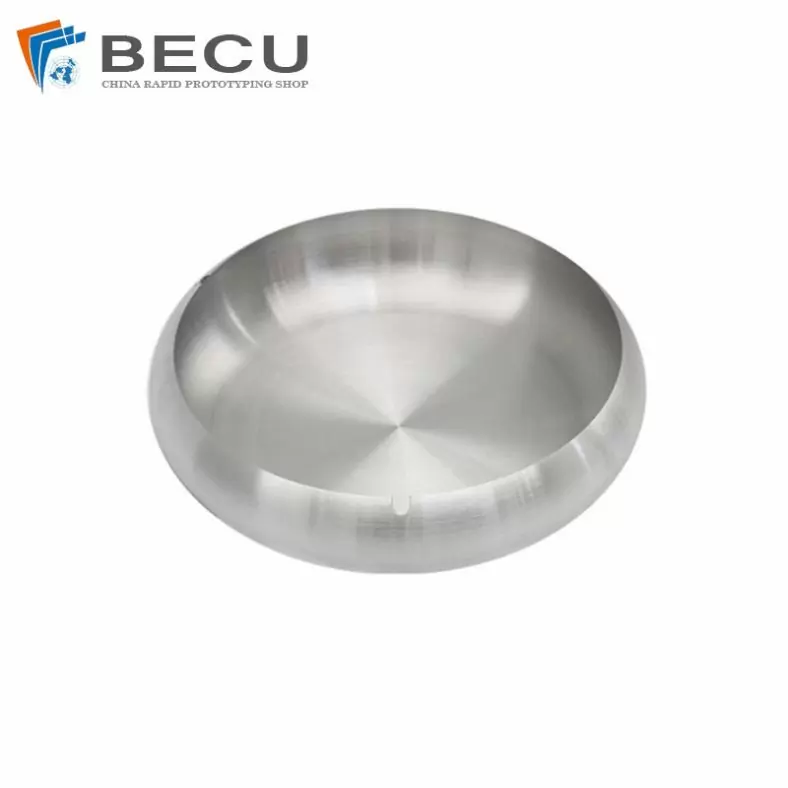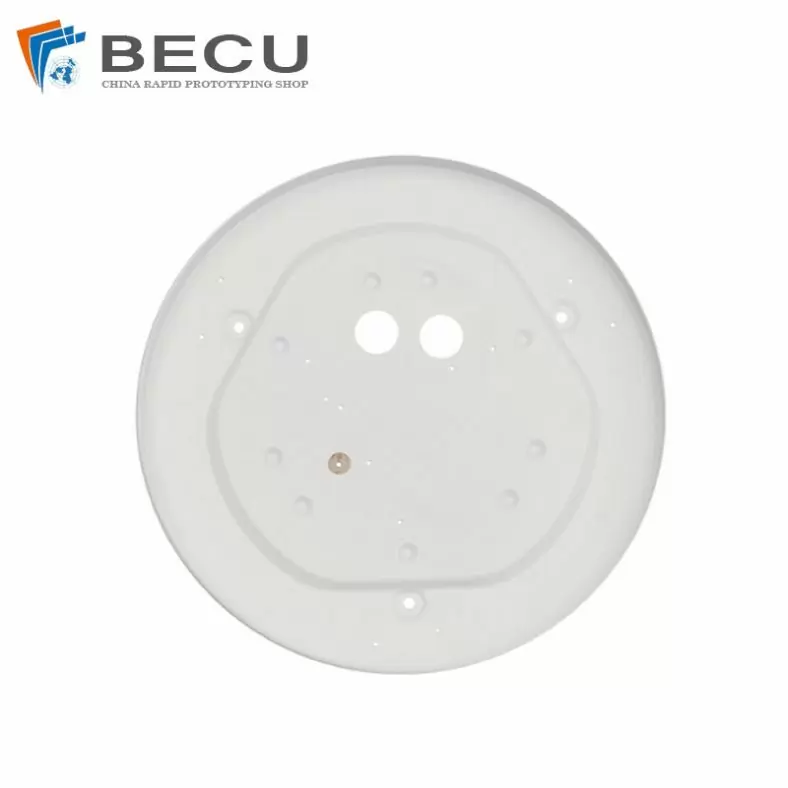Fineblanking and metal spinning are two distinct and highly specialized manufacturing processes used in the production of metal components. Both methods offer unique advantages, catering to different industrial needs and applications. Fineblanking is known for its ability to produce high-precision, burr-free parts with intricate geometries, often employed in industries such as automotive, aerospace, and electronics. Metal spinning, on the other hand, is valued for its versatility and efficiency in creating seamless, hollow shapes, commonly used in the production of metal cookware, musical instruments, and complex aerospace components.
This article aims to provide a detailed comparison of fineblanking and metal spinning, exploring their historical development, technical processes, materials, machinery, and applications. By examining the strengths and limitations of each method, this analysis seeks to offer a comprehensive understanding of how these techniques fit within the broader landscape of metalworking and manufacturing.
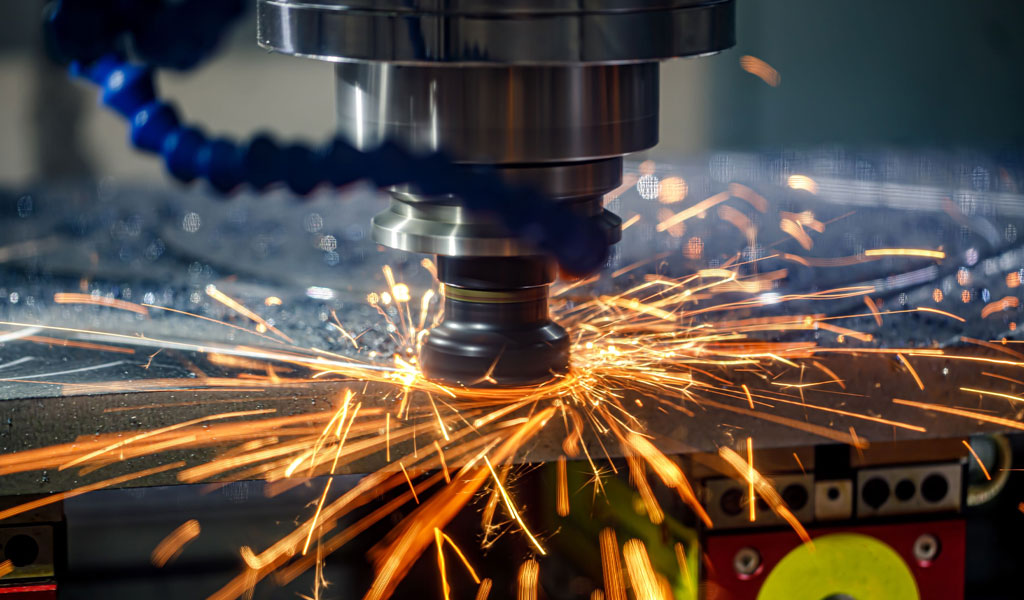
Fineblanking – What Is Fine Blanking
Fineblanking is a high-precision stamping technique used to produce small, high-load, and high-precision stamped parts. It is a refined punching method developed from traditional stamping technology.
The Fineblanking process involves three forces: blanking force (FG), ring force (FR), and counterpressure (FS). These forces distinguish Fineblanking from other conventional stamping or punching processes. Fineblanking offers several advantages, including excellent perpendicularity and a bright cut surface without tearing.
During the Fineblanking process, the workpiece is held in place by a die’s clamping ring, resulting in minimal clearance, making the part exceptionally flat. Typically, no further processing of the cut edges is necessary, leading to minimal warping and excellent interchangeability.
Combining methods such as upsetting, deep drawing, semi-punching, and extrusion gradually replaces many complex components originally made through conventional stamping, forging, machining, casting, and powder metallurgy. These multi-functional components can be assembled immediately after stamping, eliminating the need for additional processing, significantly improving production efficiency and cost-effectiveness.
As early as 1923, the technology was invented and patented by German Fritz Schiess. In 1924, the world’s first Fineblanking factory was established in Switzerland. The technology remained confidential, providing parts for watches, sewing machines, typewriters, and more. It wasn’t until the 1950s that Fineblanking technology began to be publicly adopted. By the 1980s, it started being applied to instruments, cameras, household appliances, and small hardware. Today, Fineblanking technology is widely used in the automotive, motorcycle, and 3C electronics industries.
What Components Are Suitable for Fineblanking?
Fineblanking is widely used in the automotive industry for safety parts, ensuring reliable performance even in harsh and dangerous conditions. Automotive Fineblanking parts primarily use precision blanking with strong edge clamping, offering much higher geometric shape, dimensional tolerance, form and position tolerance, and shearing surface quality than conventional stamping parts. Over 200 types of automotive components are commonly made with Fineblanking, including:
- Powertrain components such as transmission plates, engine sprockets and chains, brake components, damping parts, and camshaft adjuster components.
- Seat height adjusters, seat angle adjusters, and seat rail parts.
- Seat belt retractors, airbag locks.
- Diesel engine injector clamps, multi-ribbed pulleys, valve plates for air conditioning compressors, torque converter clutch plates, clutch hubs, planetary carriers, drive plates, brake discs, parking gears, and pawls.
Similar components in industries like machinery, medical devices, electronics, hardware, and electrical tools can also be produced using Fineblanking.
Which Companies In The Fineblanking Industry Are Worth Watching?
Fineblanking is not a large industry, with high requirements for equipment, molds, materials, and automation.
Renowned companies include the Swiss-based Feintool (china.feintool.com), which, since acquiring its main competitor Heinrich Schmid AG in 1999, has held an absolute monopoly in the industry. Fineblanking companies worldwide benefit from Feintool’s technical documentation, demonstrations, and various seminars.
Feintool has 13 sites in five countries and 2,200 employees, providing servo-mechanical and hydraulic Fineblanking presses, production lines, and hundreds of molds annually, as well as Fineblanking parts.
Since 1965, Feintool has collaborated with German company Schuler, outsourcing press manufacturing. This partnership continues, with over 2,500 Fineblanking machines produced, ranging from 150-ton mechanical Fineblanking machines to 1,550-ton hydraulic Fineblanking production lines.
The HFAplus enhanced series of hydraulic Fineblanking machines is primarily suited for flexible production of complex parts. Its main feature is its strong expansion capabilities, allowing it to meet nearly all Fineblanking part processing requirements. Tonnages range from 320 tons to 1,550 tons, with a maximum speed of 85 strokes per minute. The XFTspeed servo-mechanical Fineblanking press combines the advantages of hydraulic, servo control, and mechanical drive, with extremely high punching frequencies and minimal downtime. Tonnages range from 150 to 250 tons, with a maximum speed of 200 strokes per minute.
The X-TRAspeed series offers flexibility and compatibility for specific production requirements, making it highly attractive. The servo drive combines the advantages of hydraulic and mechanical presses, with tonnages ranging from 320 tons to 700 tons and a maximum speed of 90 strokes per minute.
The core of Fineblanking technology lies not in the press but in the mold design and manufacturing technology. Feintool’s multi-station progressive dies enable forming and deburring to be completed within the same mold.
In addition to Feintool, Japan’s Mori Iron Works Co., Ltd. is the second-largest provider of Fineblanking equipment and technology, competing with Feintool in the mid-range market and having many clients in China. In China, several organizations, including Beijing Electromechanical Institute, Tianjin Yizhong Machinery Manufacturing, and Shanghai Jiao Tong University’s National Engineering Research Center for Die & Mould CAD, are involved in Fineblanking equipment and mold manufacturing or software development.
Europe, the United States, and Japan lead in Fineblanking steel research and manufacturing technology. Therefore, Fineblanking steel raw material standards are mainly concentrated in EN10081-10084 (European standards), JISG4051-4053 (Japanese standards), and SAE (American standards). Domestic standards include GB/T699 and GB/T3077. Material suppliers include Assab and Baosteel’s joint venture Changshu Baosheng Fineblanking Materials Co., Ltd.
In recent years, with the increasing sophistication of servo presses, some stamping manufacturers have adopted servo presses that can simulate hydraulic press work curves. Combined with more precise mold technology, this has allowed for the production of parts with precision levels higher than conventional stamping but lower than Fineblanking, even if not strictly using Fineblanking processes.
Reportedly, over 8,000 types of Fineblanking components have already been developed. Fineblanking industries in Europe, the United States, and Japan are highly advanced. China is becoming the fourth concentrated area for the Fineblanking industry, with ongoing growth. However, it’s said that China’s Fineblanking components still cannot fully meet the demands of the domestic automotive industry.
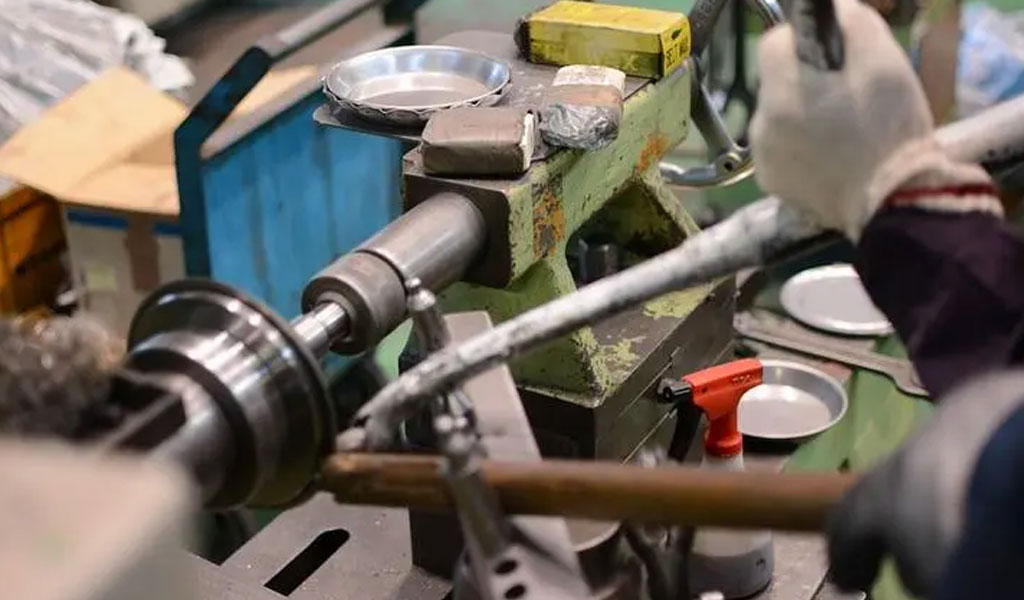
Metal CNC Spinning
Metal spinning is an advanced, low-to-no-cutting process that integrates the features of forging, extrusion, drawing, bending, ring rolling, cross-rolling, and rolling extrusion. It involves clamping a metal tube blank, flat blank, or preform against a spinning machine’s mandrel using a tailstock. The spindle drives the mandrel and blank to rotate, while a spinning wheel presses the material against the rotating mandrel from one side of the blank, causing the material to undergo point-by-point continuous plastic deformation. This process creates various hollow, rotationally symmetric parts with complex meridian shapes.
Spinning is an ancient technique similar to using a pottery wheel to shape clay. It is divided into conventional spinning and power spinning. Spinning that only changes the shape of the blank without altering its thickness is called conventional spinning, while spinning that changes both the thickness and shape of the blank is known as power spinning.
Modern spinning technology originated in the military industry of the 1950s and later spread to civilian industries, finding widespread application. Spinning can produce various complex sheet metal parts and is a specialized forming method that can accomplish tasks such as deep drawing, flanging, necking, bulging, and edge rolling.
Compared to stamping, spinning is a less efficient process, but it has the advantage of simple tooling. Through programming, spinning can produce small batches of complex, high-load metal components. However, when large quantities of similar parts, such as spun end caps, are needed, deep drawing and stamping methods are often employed to improve efficiency.
Which Industries and Components are Suitable For Spinning?
Spinning has a wide range of applications, including in the automotive, military, diving, natural gas, lighting, machinery manufacturing, household appliances, chemical, wind power, aerospace, oil and gas, rail transportation, road construction, advertising, metal processing, musical instruments, cookware, and hospitality industries. The following components are commonly produced using spinning:
- Wheels, spokes, and locking rims for cars, motorcycles, trucks, and buses.
- Wheels for rail vehicles.
- Natural gas cylinders, CNG tanks, industrial gas bottles.
- Battery cases, transportation and storage tools, fire extinguishers.
- Reflectors, fan components, cooking pots, separator parts, tank bottoms, end caps, fuel containers, driveshafts, cylindrical tubes, precision tubes, hydraulic cylinders, clutch brackets, converter housings, hollow shafts, brake pistons, multi-V pulleys, flywheel starter gears, drive components with sealing ring grooves, traffic signal poles, flagpoles, precision aluminum alloy rods, crossing arms, and grooved hollow shafts.
Which Companies In The Spinning Equipment Industry are Worth Watching?
Many manufacturers produce spinning equipment, both domestically and internationally, with varying sizes and dimensions of the parts they process. Due to the vast range, it’s challenging to introduce them all. In terms of technological advancement, spinning equipment from Germany, Japan, Spain, and the United States is at the forefront, though there are also many spinning equipment manufacturers in China.
One of the most renowned companies is Leifeld Metal Spinning AG from Germany, which has a subsidiary in China called Lefeld Machinery Trading Co., Ltd. Leifeld offers a comprehensive product line, including the SC series for spinning circular blanks, EN series necking machines, WSC series for spinning cast/forged wheel rims, ST…RS series for producing truck wheel spokes and locking rims, the ST series for power spinning high-precision hollow tubes (capable of spinning workpieces over 10 meters long with a wall thickness reduction of 90%), the FFC series for producing high-precision drive components (clutch brackets, piston parts, hollow shafts, converter housings), the PFC series for manufacturing multi-V pulleys, the KSA series for producing precision sealing ring grooves and brake pistons, and the AFPM series that integrates necking and spinning technology for producing rod components.
Spain’s DENN is a company on par with Leifeld, offering a full range of products. In 2012, DENN established EnSpinning Equipment (Yangzhou) Co., Ltd., a joint venture between Spain’s INDUSTRIAS PUIGJANER S.A. and China’s Jiangsu Jinxin Electrical Appliance Co., Ltd. This was the first factory DENN established outside Spain in its hundred-year history, utilizing DENN technology to manufacture and sell wheel spinning machines for the automotive industry. The joint venture exclusively distributes DENN’s full range of spinning machines and provides after-sales and technical services to DENN customers in China.
Other notable companies include Germany’s Abacus Maschinenbau GmbH and WFM Maschinenbau und Blechformtechnik GmbH & Co. KG, both of which are smaller in scale but offer distinctive products. Italy also has several spinning equipment manufacturers, such as Girardi and Giotto.
BE-CU Spinning (METAL-SPUN.COM) is a large Chinese company specializing in spinning services and manufacturing. It operates hundreds of CNC metal spinning machines widely used in the aerospace and automotive industries. The company’s products include aluminum wheel rim spinning and forging machines, WSV aluminum wheel rim spinning machines, WS steel wheel spoke spinning machines, fully automated steel wheel hub production lines, OSC steel cylinder necking machines, SPT inner liner spinning machines, FF power spinning machines, SP disc-shaped barrel spinning machines, PV vertical metal forming spinning machines, SpinCAD programming software, and robotic loading and unloading systems. Their complete production line can meet most spinning needs.
Domestic spinning equipment has advanced rapidly, and CNC spinning machines are increasingly being accepted for civilian use. Notable Chinese spinning equipment manufacturers include the China Academy of Aerospace Aerodynamics, which produces large spinning machines for military and aerospace applications.
Comparison of Materials Used in Fineblanking and Metal Spinning
While there is some overlap in the materials used for fineblanking and metal spinning, each process has specific material requirements based on the desired end-product characteristics and the nature of the process itself.
- Ductility and Formability: Metal spinning generally requires materials with higher ductility and formability compared to fineblanking, as the spinning process involves significant deformation of the material. Fineblanking, while still requiring formable materials, can accommodate a wider range of material hardness and strength levels.
- Thickness and Tolerances: Fineblanking can handle thicker materials and produce parts with very tight tolerances, making it suitable for precision components. Metal spinning, on the other hand, typically deals with thinner materials and is more suited for producing hollow, symmetrical shapes.
- Surface Finish and Post-Processing: Both processes can produce high-quality surface finishes, but the material’s initial condition and post-processing treatments (such as polishing, coating, or heat treatment) play a crucial role in the final product’s appearance and functionality.
In summary, the choice of material for fineblanking or metal spinning depends on the specific requirements of the application, including the desired mechanical properties, final part geometry, production volume, and cost considerations. Each process has its strengths and limitations, which are influenced by the materials used. Understanding these material considerations is essential for optimizing the performance and cost-effectiveness of the manufacturing process.
The Shapes Achieved Of Metal Spinning Parts
Simple shapes are easy to make in less time. But for complex shapes, it requires more time because it increases steps as per the block shape.
In addition to metal spinning, Be-cu.com also offers in-house tooling, welding, abrasive polishing and hydroforming, helping to drive down your costs and streamline production. Quicker turnaround times and lower costs are two of the most attractive advantages of metal spinning. The ability to form very thick components and large diameters with uniformity and high quality at low and high quantities, are more appealing reasons to consider metal spinning.To find out if metal spinning would be beneficial for your application or end product, contact us today.
- Domed
- Flanged
- Domed with flange
- Dished
- Semi elliptical
- Hemisphere
- Flanged, dished and flued
- Trumpet
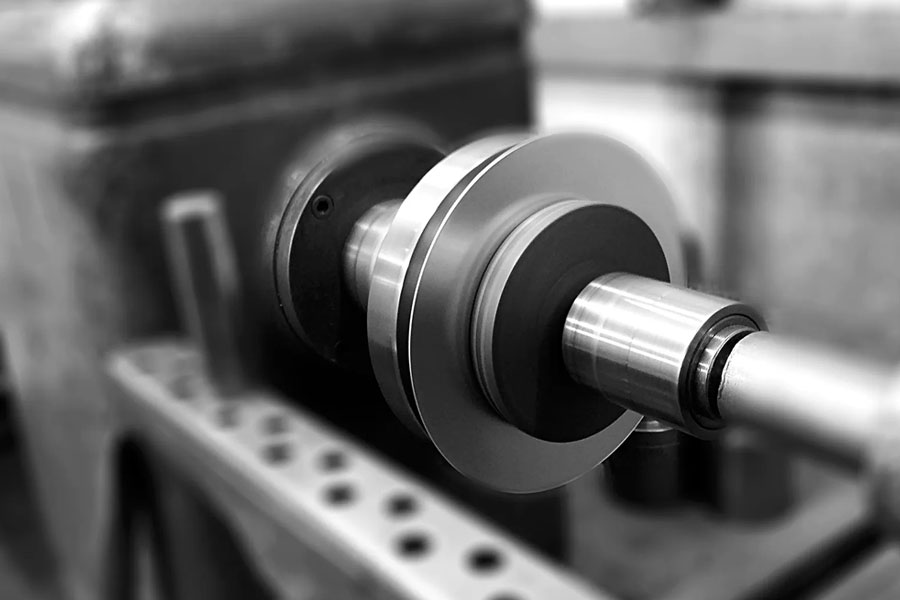
The Detail Of BE-CU Metal Spinning Company

At Be-cu.com, we use a variety of materials for metal spinning such as cold rolled steel, hot rolled steel, aluminum spinning, stainless steel spinning, brass, copper spinning and exotic metals such as titanium and inconel. Be-cu Metal Spinning Section specializes in the forming of stainless steel. With our automated metal spinning lathes and the capabilities of our deep drawing, stamping and welding equipment, our ability to form your part to your specifications and within your budget are realistic. Be-cu Metal Spun Company has over 30 years of metal forming experience and has used the large metal spinning technology for a variety of industries such as aerospace, automotive, military, ordnance, plastics, lighting, pharmaceuticals, dairy, etc…
We have engineers on staff with metal spinning expertise to help guide you on designing a custom part and choose the optimal process to produce high quality spun parts at a competitive and affordable price. Tooling is custom made to form parts to your configuration.

